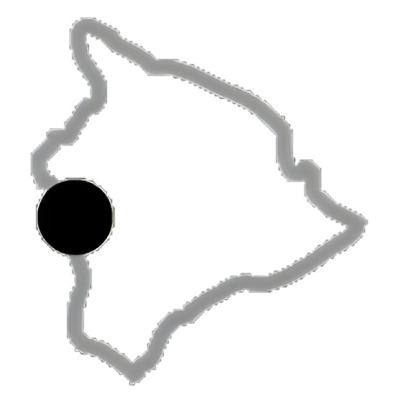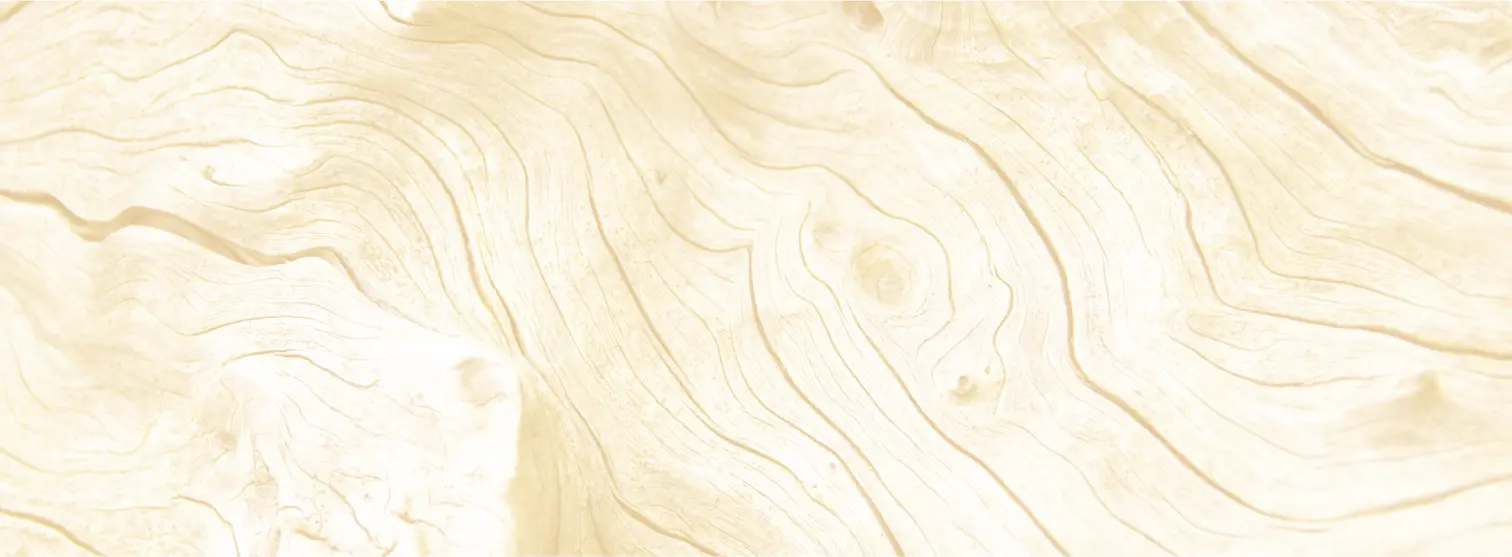Most of us don’t think of Kīlauea as an explosive volcano, but Don wants to change that perception. Kīlauea has had roughly the same rate of explosive eruptions as Mt. Saint Helens and more people have been killed by Kīlauea explosions than any other volcano in North America according to his research. The current eruption at Halema‘uma‘u is an explosive eruption. It’s not nearly as violent as others, but is still producing ash, vitric, and lithic material called tephra. The Aril 9th explosion was powerful enough to destroy the wooden fence at the overlook and scatter debris across the caldera floor.
The most famous explosive eruption of Kīlauea was the 1924 eruption. This phreatic, or steam eruption, lasted two and a half weeks and killed one person. It sent material tens of thousands of feet into the air and deposited an eight ton rock a half mile from the crater. The greatest episode of explosions that Don revealed to us were the eruptions that occurred shortly after the formation of the present day caldera around 1400 b.p. Probably, sometime at or near the end of the ‘Ailaau eruption (the same eruption that formed Thurston Lava Tube and lasted about 60 years) large areas of the summit collapsed forming the pit crater at Thurston, Kīlauea Iki and the caldera. From roughly 1460 to 1790 the mountain had over ten different explosive eruptions. At a small dig near the observatory headquarters, Don let us explore the different layers representing this time frame. The famous 1790 eruption that killed a third of Keōua’s army was actually the last eruption from this long explosive era. These eruptions deposited 35 feet of tephra around the caldera and nearly two feet at Volcano Village. That ash is now the substrate that allows such good agricultural production in the volcano area.
I once wrote that Kīlauea is a volcano with aloha. And while most of her eruptions are lava flows that often make themselves readily available for close-up viewing, it’s best to remember that explosive eruptions are a significant part of her history. One day in the future, we may witness an explosive event that dramatically changes the landscape of Kīlauea and brings Don Swanson’s unique perspective into the mainstream.
For more information on Kilauea’s Explosive tendencies check out http://pubs.usgs.gov/fs/fs132-98/
With Aloha,
Rob
Posted by Rob Pacheco at 5:16:16 PM in Blogs by Rob Pacheco, HFT Founder (16) | Comments (0)



